When to prune grape vines – expert advice to get the ‘critical’ timing right
Knowing the right time to prune is vital for healthy and productive plants, indoors and out
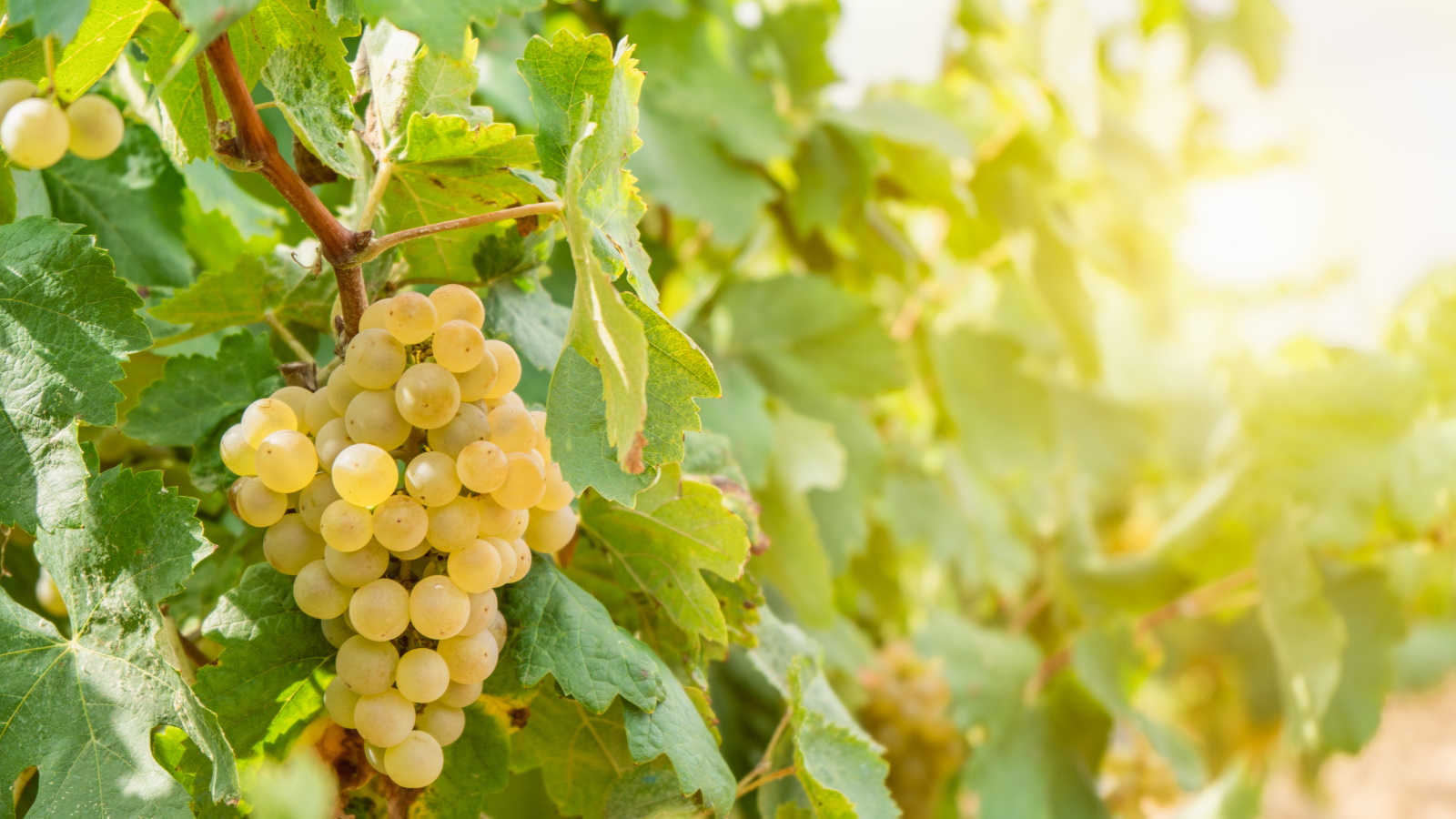

Pruning grape vines is an important part of growing these perennial climbing plants, and keeping them healthy and productive year-after-year.
Grapes love warmth and sunshine and can be grown either outdoors or indoors. Where you grow grape vines will be dependent on your climate, and this will play a part in when to prune them.
It is important to understand when - as well as how to prune grape vines - as there are potential implications to pruning at the wrong time. This includes a reduced yield, an increased risk of damage or disease, and a lower overall quality of fruit.
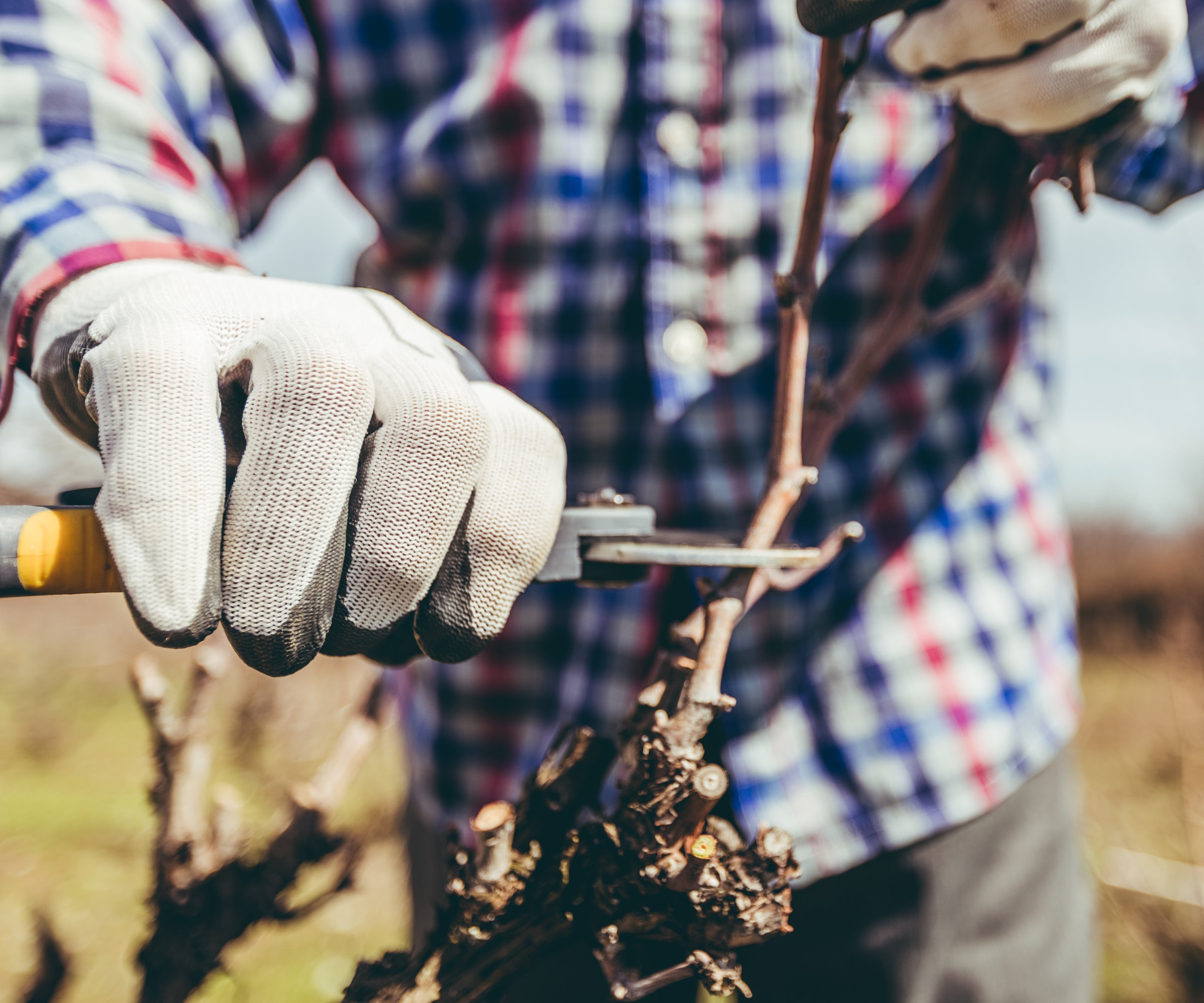
Grape vines need to be pruned annually in winter
The best times to prune grape vines
The best time to trim grape vines is during their dormancy period, as pruning while the vines are growing can cause them to bleed sap, which will stress the plant.
Grapes that are grown in a backyard greenhouse will start actively growing earlier in the year than those outdoors as part of kitchen garden or vegetable garden. Grapes are popular outdoor crops in warmer areas to grow on walls, or up a pergola, as well as being good plants to grow in a greenhouse in colder climates. For example, in a walled garden I ran in the UK, the grape vines I looked after grew happily in a greenhouse, but would not have thrived outdoors.
Always clean and sharpen tools before and after doing any pruning. Using dirty or blunt tools is a pruning mistake that, like trimming at the wrong time, has the potential to damage the health of plants and spread diseases.
We hear from gardening experts about the best times to head out with pruning shears and give your grape vines a trim.
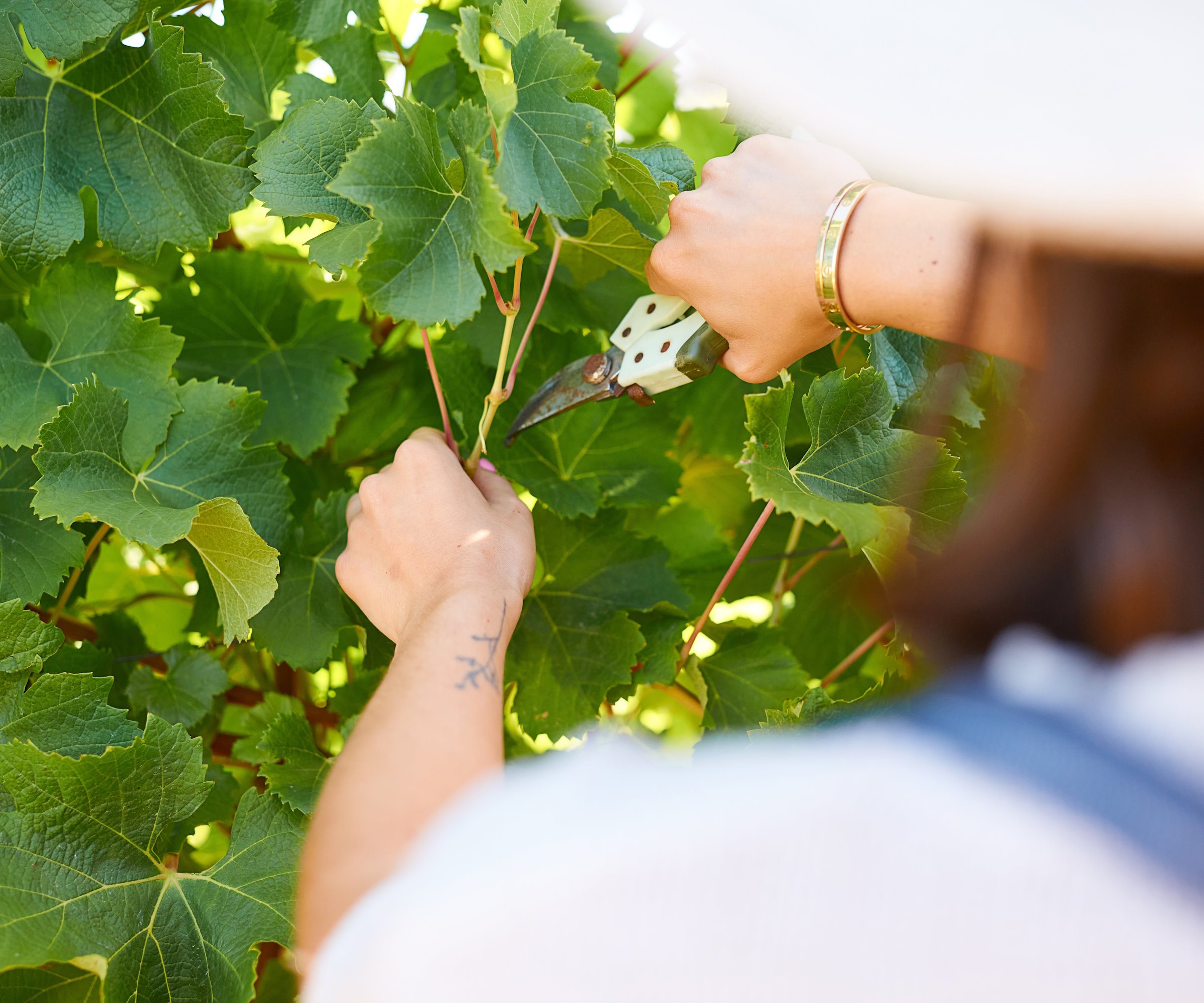
Summer pruning can also be beneficial for grape vines
Winter pruning
If you are growing grapes outdoors, they can be pruned through winter and early spring, when they are fully dormant during the colder months. The common months for pruning is from January through to March. You ideally want to time the pruning just before the buds are set to break, so the most appropriate time may be dependent on your local climate.
Stefano Watson, from Avio Vineyards and Winery, recommends that pruning is done ‘after the last hard freeze’, which he does in around mid-February in Northern California.
He adds: ‘Timing is critical; pruning too early can lead to issues like die-back from freezing or the entry of diseases. It's essential to prune when the sap starts to flow, allowing the vine to naturally seal the wound.’
This window for pruning is smaller when grapes are growing indoors in a greenhouse; it starts in winter and only runs for a small amount of time. For many indoor grape growers, late November through December is the best time to prune grape vines.
‘Early January is the last chance to prune grape vines before growth starts again,’ says Ruth Hayes, a fruit growing expert and gardening writer. ‘This is the last chance to prune grapevines before they start back to growth. If left any longer, they will start to bleed sap.’

Ruth is horticulturally trained, with a qualification from the Royal Horticultural Society. She writes regularly for Homes and Gardens and was gardening editor of Amateur Gardening magazine. Her work involved matching gardening tasks with each season.
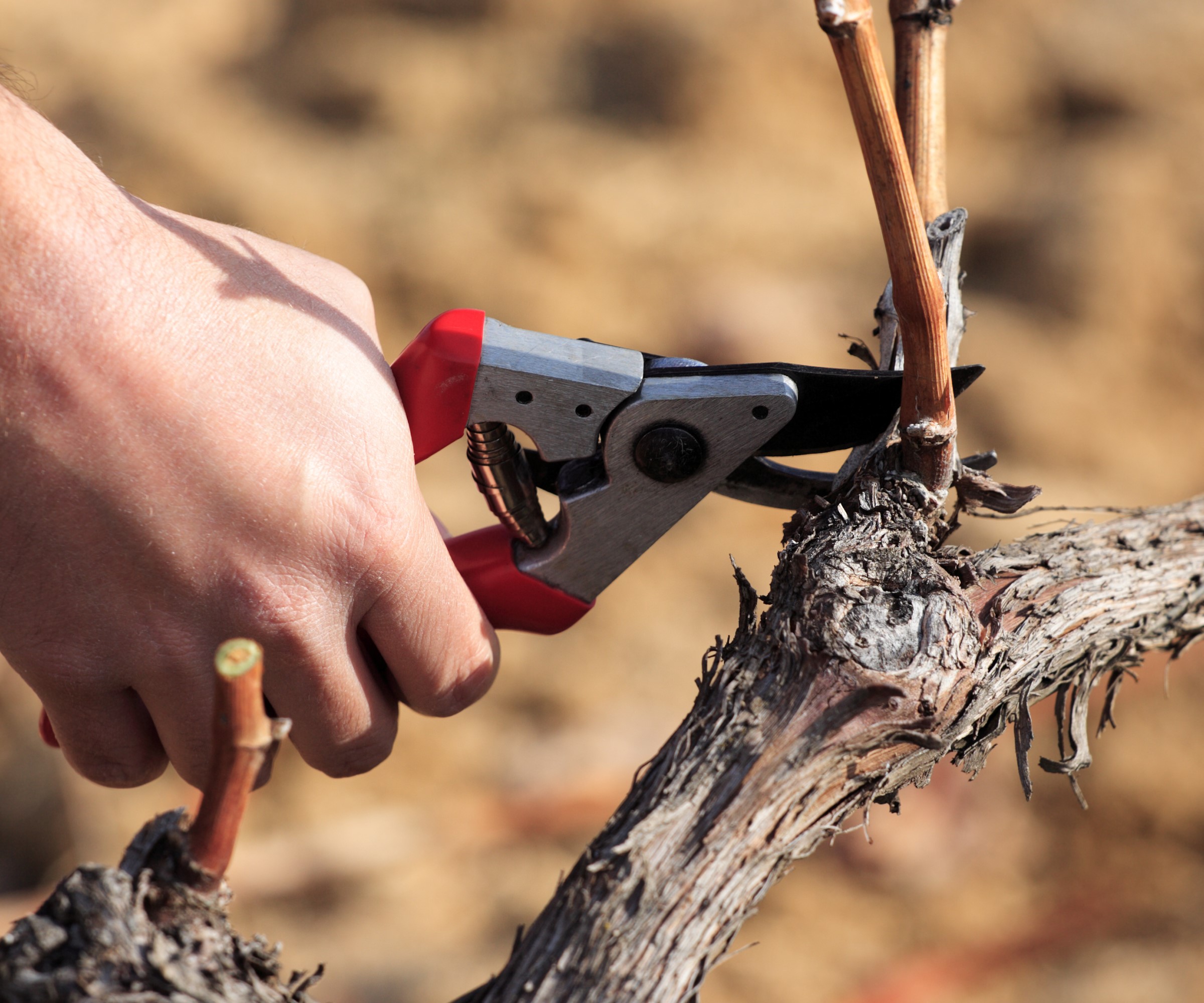
Prune grape vines during the dormancy period, just before buds break
Summer pruning
Some grape growers lightly prune their vines in summer to remove excess growth that has occurred during the season. This needs to be done carefully and can be useful to control the density of the canopy, promote the ripening of fruit, and help to control diseases, including fungal issues like downy and powdery mildew.
Stefano Watson says: ‘Thinning is a practice that reduces the crop load on the vine, preventing excessive fruit production. Leafing, which involves reducing the number of leaves on the vine, also enhances air circulation and sunlight exposure for the crop.’
Thinning shoots is best done in early summer when they are smaller. Removing leaves can be done throughout summer and the fruits will then benefit from the increased amount of sunshine that can penetrate into the centre of the canopy.
Only prune these fast growing flowering vines lightly during the growing period, as fresh pruning cuts during warmer and more humid periods can leave vines increasingly susceptible to diseases. Being too heavy-handed with summer pruning can also reduce the production of fruit and affect your eventual yield of grapes.

Stefano Watson is the owner of Avio Vineyards in Sutter Creek, California. He currently cultivates 30 acres of grapes and has over two decades of experience in growing wine grapes.
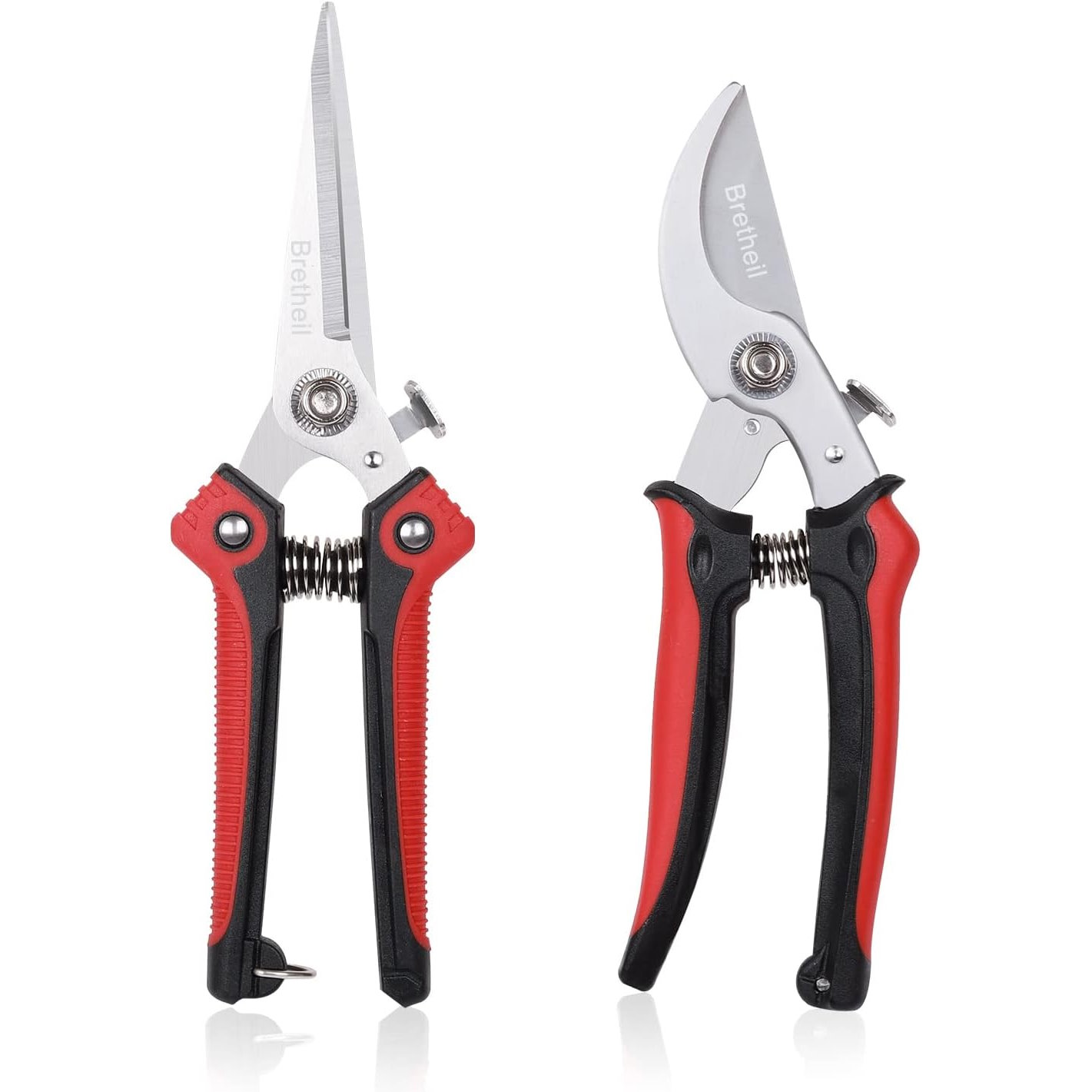
This set contains a pair of bypass pruning shears and a pair of straight blade hand pruners. With stainless steel blades and an ergonomic design, this set has all you need to do both winter and summer pruning of grape vines
FAQs
Can you prune grape vines during the growing season?
There are some light pruning tasks that can be done during the active growing season without causing damage to the vine. This includes removing unwanted excessive shoots, a process known as suckering, thinning out lateral shoots, and also removing some leaves from the vine. However, any pruning while the vine is growing should be done conservatively.
Can you prune grape vines in the fall?
It is better to wait until the grapevine is fully dormant before pruning and, when the vines are outdoors, ideally wait until the risk of frosts has passed. Pruning in fall could potentially leave the vine at risk of frost damage to any newly-pruned canes. Trying to prune too early in fall could also result in the vines bleeding sap and being at an increased risk of infection.
If you want to add these great climbing plants to your garden, then you do need to be able to provide them the warmth they enjoy. A great option is to grow muscadine grapes, a type native to the southern US that perform well in zones 7-10. There are many varieties of muscadine grapes, of which some are self-fertile and capable of pollinating themselves - making them a great option for small backyards.
Sign up to the Homes & Gardens newsletter
Design expertise in your inbox – from inspiring decorating ideas and beautiful celebrity homes to practical gardening advice and shopping round-ups.

Drew’s passion for gardening started with growing vegetables and salad in raised beds in a small urban terrace garden. He has worked as a professional gardener in historic gardens and specialises in growing vegetables, fruit, herbs, and cut flowers as a kitchen gardener. That passion for growing extends to being an allotmenteer, garden blogger, and producing how-to gardening guides for websites. Drew was shortlisted for the New Talent of the Year award at the 2023 Garden Media Guild Awards.
-
 These are the 6 must-have colors to decorate with in April 2025
These are the 6 must-have colors to decorate with in April 2025What do retro-inspired yellows and beautiful blues all have in common? They're on our hot list for the season ahead
By Sophia Pouget de St Victor Published
-
 Plants never to grow next to fruit trees
Plants never to grow next to fruit treesExpert advice on which plants to keep away from fruit trees to encourage a healthy harvest
By Jacky Parker Published